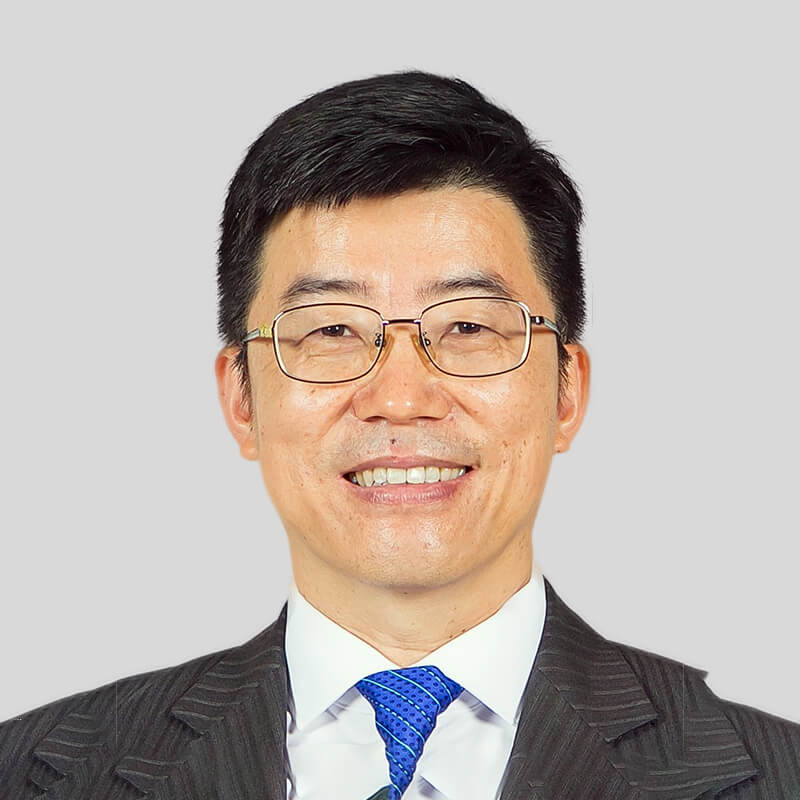
Prof. Limin ZHANG
Biography
Dr. Limin Zhang is Chair Professor and Head of the Department of Civil and Environmental Engineering and Associate Director of Sate Key Lab of Climate Resilience for Coastal Cities at the Hong Kong University of Science and Technology. His research areas include slopes, dams, foundations, and geotechnical risk assessment and management. Dr. Zhang is Chair of International Society of Soil Mechanics and Geotechnical Engineering (ISSMGE)’s TC210 on Embankment Dams, Past Chair of ASCE Geo-Institute’s Risk Assessment and Management Committee, Editor-in-Chief of Georisk, Special Editor of Geodata and AI, Associate Editor of ASCE’s Journal of Geotechnical and Geoenvironmental Engineering, and editorial board member of Engineering Geology, Computers and Geotechnics and other journals. He is a Fellow of Hong Kong Academy of Engineering and recipient of Chinese National Engineer Award, ASCE Ralph Peck Award, ISSMGE’s Lacasse Lecture Award and Wilson Tang Lecture Award.
AI & Digital-twin Empowered Landslide Risk Management
Digital twin emerges as a powerful tool to empower landslide and flood emergency management. A digital twin is a virtual representation of a physical system that is updated through the exchange of information between the physical and virtual systems. In this lecture, I will introduce a unique city-scale digital twin as an integrated platform for managing landslide and flood hazards and coordinating societal responses. The digital twin comprises a digitized reality of the entire Hong Kong, a space-aerial-ground sensing network, and simulation and risk assessment engines. This involves a huge amount of observational and analysis data so that large language models become essential tools for the interpretation and presentation of data. The digital twin is capable of monitoring, simulating, and displaying both hazard and societal response processes, and hence enables more effective disaster risk management.